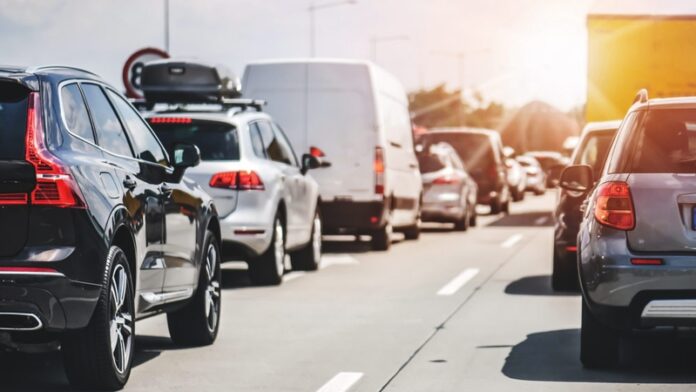(USA Herald) — As drivers across the U.S. open their latest car insurance bills, their financial worries have transformed into stark realities. According to August’s Consumer Price Index report, car insurance rates have seen a 19% hike compared to a year ago. For the statistically minded, that’s the steepest annual rise since 1976. Why the sudden increase?
In Florida, where extreme weather episodes such as hurricanes are becoming more frequent and devastating, insurance companies are facing higher losses covering increased claims. Take the case of a Jacksonville resident named Barone. In 2020, his monthly car insurance payment was $140. Fast forward to 2021, and that rate ballooned to $278. But what exactly is going on here?
Insurify, an insurance comparison website, points out that insurance companies are raising rates to offset their losses in states like Florida. These increases have been blamed on a string of weather-related events that have wreaked havoc, leading to higher claims. Despite this localized explanation, could it be that drivers in other states are subsidizing these losses?
Darnell Coates-Clark, an EMT based in Baltimore, Maryland, experienced a puzzling 33% rate hike, pushing his monthly payment to around $420. Maryland hasn’t been a hotspot for extreme weather, and Coates-Clark has a clean driving record since 2009. This leads to a compelling question: Are insurance companies employing bad faith practices, or is there a genuine, more complex rationale behind this trend?
Here’s where the intricate web of insurance economics comes into play. Most auto insurers buy “reinsurance”—essentially insurance for insurance companies—to mitigate risk. With increasing claims due to extreme weather, many reinsurance companies are pulling out of the auto insurance market. This, in turn, forces the remaining players to hike their rates, causing a trickle-down effect on the average driver.
Now, let’s get into the nitty-gritty. Insurance companies argue that other factors contribute to these rate hikes. Rising car prices, higher repair and medical costs, and even increased traffic-related deaths (which reached a 16-year high in 2021) play a role. Even Nationwide, which informed Coates-Clark about his rate hike, argues that “inflation and supply chain costs” rather than weather, are the dominant drivers behind the rate increases.
Why Should You Care?
While insurance companies cite various justifications, there’s no denying that these increases come at a time when the U.S. economy is hurting, and many are struggling just to keep gas in their cars. The higher rates add financial pressure to families already grappling with rising living costs. It’s a financial tightrope that can lead to devastating falls.
This “extreme weather” justification particularly stands on shaky ground when one considers that car insurance plans are typically priced on a state-by-state basis. So why are residents like Coates-Clark in Maryland feeling the pinch for events that transpired in Florida or other states? It leads to the skeptical perception that consumers are being milked under the guise of complex factors they have little time or knowledge to unravel.
In the face of rising insurance costs and an unsteady economic climate, consumers must become more educated and vigilant. Given the lack of transparency and potential for bad faith conduct, the necessity for effective regulatory oversight becomes increasingly urgent. If not, drivers like Barone and Coates-Clark will find themselves navigating not just the roads but a labyrinthine insurance market with pitfalls at every turn.
To read more about the author, click here.










